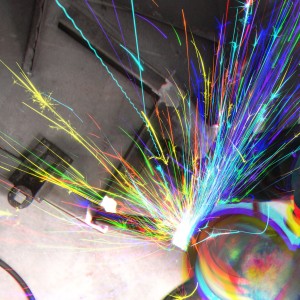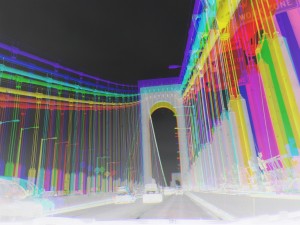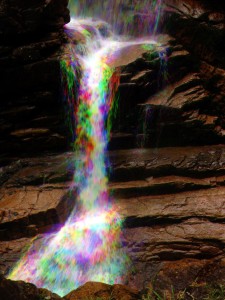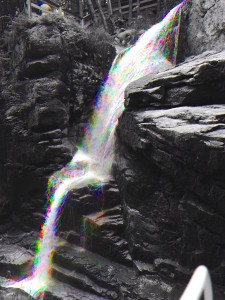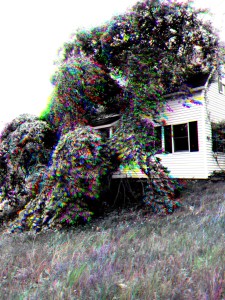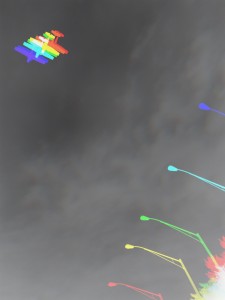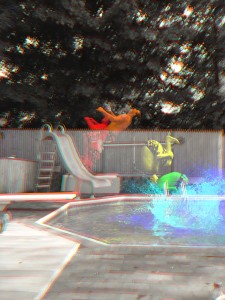quick overview
- Don’t hesitate to mess around with the effects properties, either in Apple’s Photos App, or Instagram — I personally prefer the ultra-saturated look, and so I tend to adjust the saturation, highlights, shadows, and in Instagram, the lux property.
- Use the black & white filters (indocybin & delysid) when the scene is dominated by one color, like green in a forest, or skin tones in a selfie.
- The three color filters (harris & indocybin) are best for subjects that have a lot of overlap, like water coming down a waterfall — the seven color filters (psychedelia, delysid plus & delysid minus) are best for subjects that don’t overlap much, like sparks flying off a grinder.
- Use the last filter (delysid minus) when you want all seven colors but the subject is dark on a bright background, like a plane moving across the sky, for bright objects moving across a dark background (e.g. sparks), use the second to last filter (delysid plus).
- Short intervals are best for rapidly moving subjects, like sparks or water, and long intervals are best for slowly moving subjects, like clouds. Use the manual interval setting, in combination with the ghosting option, to take colorful selfies, by changing the background lighting between photos, but preserving the position and orientation of your face between photos.
- The microphone button on the headphones can be used to remotely trigger the camera button if the headphones are plugged in before trippygram is launched — useful if you need the camera to remain very steady between photos.
firework (short interval)
sparks (delysid plus, short interval)
bridge leaving NYC (delysid minus, short interval)
color theory
There are two directions we could look at color from, the additive model and the subtractive model. In subtractive models, colors are added to one another to create darker colors, the sum of all the colors being black, and the absence of any color being white. In additive models colors added to one another to create brighter colors, the sum of all colors being white, and the absence of any color being black.
In a way, the image of Brinkley running (to the right) shows the additive model in Brinkley (he has white hair), being red, green, and blue — while his shadow illustrates the subtractive model, being cyan, magneta, and yellow.
Brinkley running (indocybin)
interval menu
Use the interval menu to adjust the time between photos. Use a short interval for rapidly moving subjects, like sparks, and a fast interval for slowly moving subjects, like clouds. Use the manual setting along with ghosting to align objects between photos, for example, try taking a selfie in manual mode, changing backgrounds or lighting between photos but aligning your face in all three photos.
If you launch trippygram with your Apple headphones plugged in, you can use the microphone button on the headphones as a remote trigger for taking photos — this is useful if you need the camera to be very steady between photos.
self portrait (manual interval)
Flume gorge, NH (harris shutter, short interval)
Flume gorge, NH (harris)
harris
The first filter, “harris,” mimics the original Harris shutter effect — three photos are taken and then channels are dropped from each, leaving one with only the red channel, one with only the green channel, and a third with only the blue channel.
So white objects show up in all three photos, and where the colors mix you can get the entire spectrum, depending on how much of each color is mixed in.
indocybin
Like the harris effect, the indocybin effect takes three photos in succession and drops color channels, however before it drops color channels it converts each of the images into black and white, so that when they are recombined the final image is black and white everywhere there was no motion.
This is my favorite choice for taking selfies — by using the manual interval, and the ghosting effect, you can take three photos, being careful to keep your face aligned between them, while changing the background, which can be very cool.
waterfall (indocybin, short interval)
friends house (indocybin)
Bonfire (psychedelia)
psychedelia
The psychedelia effect is very similar to the harris effect, except it uses seven colors — red, orange, yellow, green, cyan, blue, and violet — instead of three colors. Because many of those colors overlap, it tends to work best when something bright is moving rapidly, over a dark background, like the sparks from fire in the photo to the left (or above).
delysid plus & minus
The delysid filters are like the indocybin, except instead of using three photos it uses seven. Like the indocybin, the photos are first converted to black and white, and then channels are dropped in appropriate amounts to create a red, orange, yellow, green, cyan, blue, and violet copy, and then recombined. The delysid minus filter also inverts the black and white photos before dropping channels and recombining them. This is because dark objects moving across a bright background tend to disappear, which in turn is because the seven colors we make have a lot of overlap between channels, so things like planes moving across the sky, or ants moving aross the dirt, look boring.
Plane Overhead (delysid minus)
Kerry doing a backflip (delysid plus)

